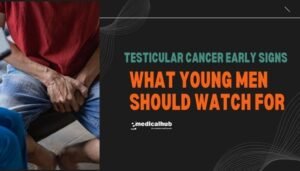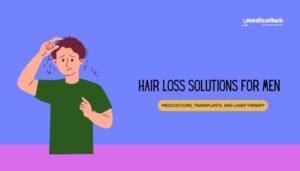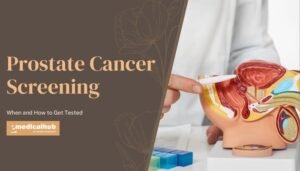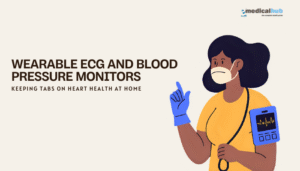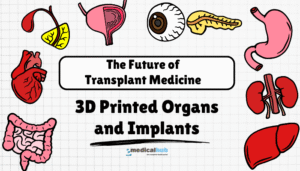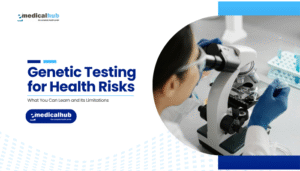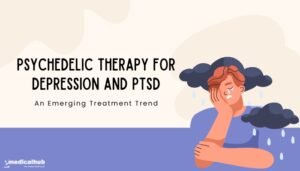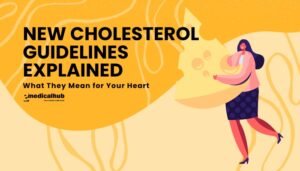Testicular Cancer Early Signs: What Young Men Should Watch For
Introduction Testicular cancer is relatively rare, but it is the most common cancer in young men, especially those aged 15 to 35. When diagnosed early, testicular cancer often has high cure rates, making awareness and prompt attention to warning signs...
Read MoreHair Loss Solutions for Men: Medications, Transplants, and Laser Therapy
Introduction Hair loss is a common concern for many men, often impacting self-confidence and overall appearance. While some men embrace baldness, others prefer to explore treatments. Whether it’s preserving existing hair or regaining lost coverage, a range of medical, surgical,...
Read MoreProstate Cancer Screening: When and How to Get Tested
Introduction Prostate cancer is one of the most common malignancies among men worldwide. The disease often grows slowly and may not manifest symptoms until later stages. Early detection can identify aggressive forms that need prompt treatment, but screening must be...
Read MoreMaternal Mortality Crisis: Why Pregnancy Is Riskier in Some Places
Introduction Maternal mortality—defined as the death of a woman during pregnancy or within a specified period after giving birth—remains a pressing global health concern. Though medical advances have lowered maternal deaths in some regions, substantial disparities persist. In certain places,...
Read MoreWearable ECG and Blood Pressure Monitors: Keeping Tabs on Heart Health at Home
Introduction Heart health is a priority for millions worldwide. Heart disease remains a leading cause of death, and managing risk factors can prevent many cardiovascular problems. New wearable devices now enable people to track heart rhythm (ECG) and blood pressure...
Read More3D Printed Organs and Implants: The Future of Transplant Medicine
Introduction 3D printing, sometimes called additive manufacturing, creates three-dimensional objects layer by layer using digital models. In recent years, researchers have tested 3D printing in the field of healthcare. They aim to produce organs, implants, and tissues that can replace...
Read MoreGenetic Testing for Health Risks: What You Can Learn and Its Limitations
Introduction Genetic testing helps people understand parts of their DNA that may influence health risks. DNA carries instructions that tell the body how to work. In some people, small variations in these instructions can increase the chance of certain diseases. ...
Read MorePsychedelic Therapy for Depression and PTSD: An Emerging Treatment Trend
Introduction In recent years, there has been a renaissance of scientific interest in psychedelics, leading to new research on their therapeutic potential. Substances like psilocybin (the active ingredient in “magic mushrooms”), MDMA (commonly known as ecstasy), and LSD—once relegated to...
Read MoreNew Cholesterol Guidelines Explained: What They Mean for Your Heart
Introduction Cholesterol is a waxy substance that exists naturally in the body. It is essential for building cells and producing hormones. However, too much cholesterol can harm heart health. Excess amounts can lead to fatty deposits in the arteries, increasing...
Read MoreOutdoor Workouts: Health Benefits of Exercising in Nature
Introduction In today’s fast-paced, technology-driven world, many people seek refuge in nature to disconnect, recharge, and improve their overall health. Outdoor workouts, ranging from brisk walks and trail running to outdoor yoga and boot camps, are increasingly popular as a...
Read More
